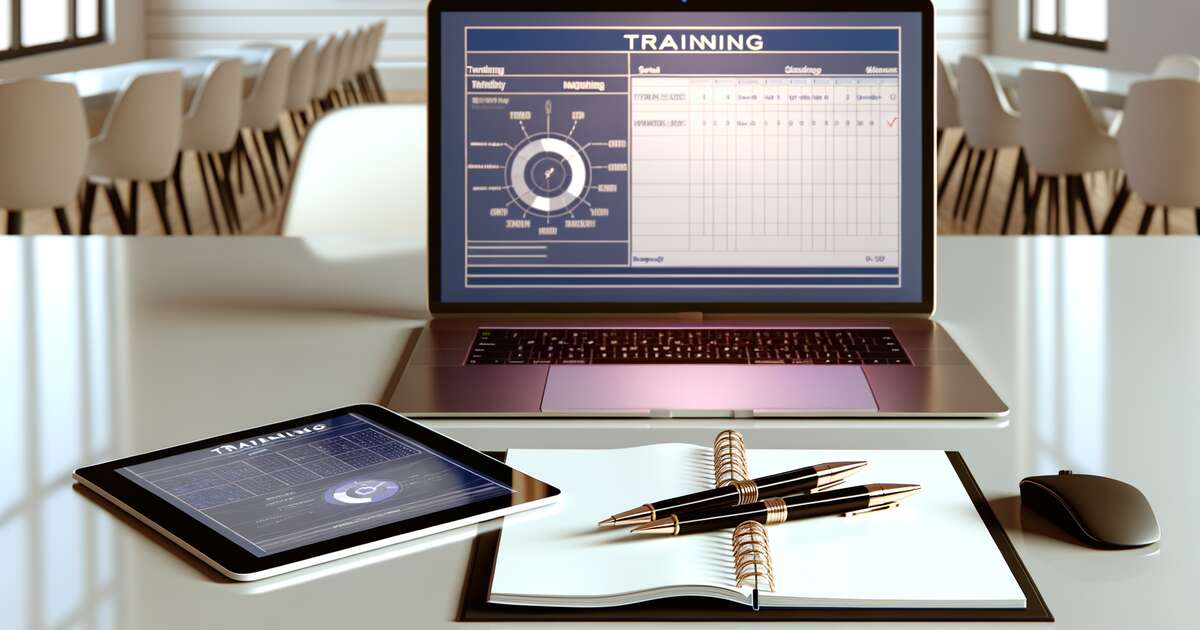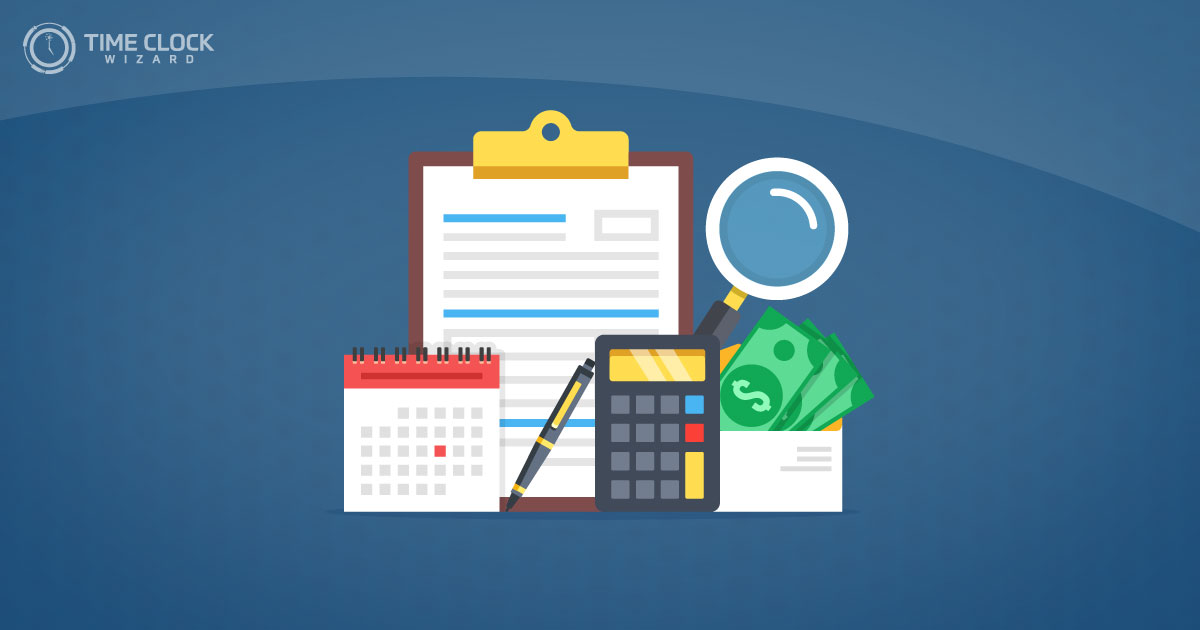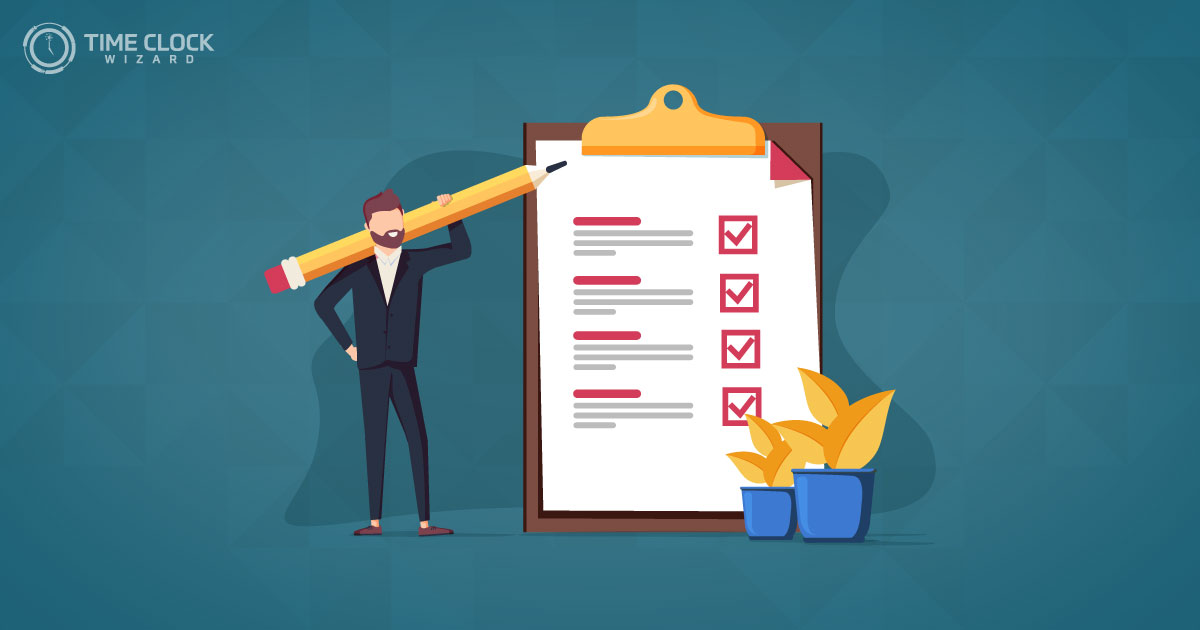
Bringing on new talent can be both exhilarating and challenging, but do you know the secret to making the onboarding process a breeze? It’s all about knowing how to train new employees effectively! Getting this right sets the stage for their future success in your company, boosting overall productivity and morale. With today’s fast-paced work environment, having a solid training strategy in place is more crucial than ever.
In this comprehensive guide, we’ll dive into the best practices and innovative techniques to help you master the training process. From creating engaging training materials to fostering a welcoming company culture, we cover all the essentials that ensure your new hires hit the ground running. Are you ready to transform your new employee onboarding into a smooth, efficient, and, most importantly, successful experience? Let’s get started on this exciting journey!
Key Strategies for Effective Employee Onboarding
Making the onboarding process effective is crucial for both the employee’s comfort and the company’s productivity. Have you ever thought about what makes some employee training sessions more successful than others? It’s the strategic approach to onboarding that makes all the difference.
Tailor Onboarding to Individual Needs
One size does not fit all when it comes to training new employees. Customizing the onboarding process to align with the specific needs and roles of new hires not only helps in retaining information but also makes them feel valued from day one.
Establish Clear Objectives
Clear goals are the backbone of any effective training program. Do you know what your new hires are expected to learn by the end of their training? Setting explicit, achievable objectives ensures that both trainers and trainees understand the target outcomes, fostering a sense of achievement early on.
Interactive Learning Activities
Engagement is key! Incorporating interactive elements such as group projects, real-time problem-solving exercises, and role-playing scenarios can make learning fun and memorable. This also encourages camaraderie among new hires and integrates them into the team more smoothly.
Feedback: The Cornerstone of Improvement
How effective would training be without feedback? Timely and constructive feedback is essential not just for continuous improvement but also for motivating new employees. It helps them understand their progress and areas needing attention, making the training process a two-way street.

Utilizing Technology for Efficient Training Processes
In the digital age, leveraging technology in training processes is not just an option, but a necessity. Are you harnessing the power of tech to optimize training for your new employees? From on-demand training modules to interactive webinars, technology offers a myriad of tools that enhance learning experiences and boost efficiency.
Imagine integrating platforms that allow employees to learn at their own pace while providing them with the assistance they need when they need it. Platforms like Learning Management Systems (LMS) can be particularly effective, allowing you to track progress, assign coursework, and even simulate real-life scenarios. Have you considered how tools like virtual reality (VR) could transform your training sessions into immersive experiences?
- Utilizing LMS for personalized learning paths and tracking.
- Implementing VR for realistic role-playing and simulations.
- Incorporating mobile learning applications for on-the-go training.
Moreover, the integration of AI-driven analytics can help in identifying areas where employees might be struggling, enabling timely intervention. Streamlined communication through tech like team collaboration tools not only keeps everyone on the same page but also fosters a sense of community among new hires. Isn’t it amazing how technology not only speeds up the training process but also enhances its effectiveness?
Creating an Engaging Learning Environment for New Hires
Creating an engaging learning environment is crucial when you aim to train new employees successfully. It’s not just about imparting knowledge but making the process interactive and enjoyable. How can we achieve this in today’s dynamic work culture?
First off, consider the physical and digital spaces where training occurs. A well-lit, comfortable physical room or a user-friendly virtual platform can make a big difference. Incorporate colors, comfortable seating, and perhaps a little bit of background music to keep the mood upbeat. Remember, a relaxed mind is more receptive to learning.
- Utilize multimedia tools to vary the delivery of training materials. This can include videos, interactive simulations, and quizzes.
- Promote group activities that foster team building and allow new hires to learn through collaboration.
- Encourage open communication and regular breaks, which help maintain high energy levels and prevent information overload.
Lastly, personalization of the learning experience can greatly enhance engagement. Tailoring the training to meet the individual needs of new hires not only makes learning more relevant but also more compelling. Are you ready to create an environment that not only informs but also inspires your new employees?

Setting Clear Expectations and Goals in Training
As part of ensuring a smooth onboarding process, setting clear expectations and goals is crucial when you train new employees. But, what makes this step so vital? 🤔 It not only aligns the new hires with the company’s objectives, but it also significantly enhances their confidence and ability to contribute effectively from the get-go.
When training new team members, have you considered how clearly defined goals can lead to more measurable outcomes and a structured growth pathway? By clearly outlining what is expected of them, employees are less likely to be confused and more inclined to engage deeply with their training sessions. This clarity can foster a sense of achievement as employees meet and surpass set benchmarks.
- Define specific, actionable objectives for each role to guide trainees
- Utilize SMART goals (Specific, Measurable, Achievable, Relevant, Time-Bound) to provide clarity and direction
- Communicate the company’s mission and values from the start to foster alignment and commitment
Imagine an onboarding process where new hires are empowered with the knowledge of exactly what success looks like in their new roles. Doesn’t that sound like a foundation for motivated and dedicated employees? By integrating these strategies into your train new employees program, you not only build a robust workforce but also boost overall organizational performance. Ready to set the bar high from day one?
Monitoring Progress and Providing Constructive Feedback
Tracking the development of new employees is crucial, not just to measure their progress but also to ensure they are feeling supported and guided. How do you know if your training techniques are effective? It’s through consistent monitoring and the provision of constructive feedback. This phase is a key component that can significantly impact the success of your training modules.
Begin with setting up regular check-ins. These can be informal one-on-one meetings or structured group sessions where you assess the progress of your new hires. Discuss what’s working and what isn’t, and listen to their concerns and suggestions. The goal here is not just to evaluate, but also to motivate and create a supportive channel of communication.
Strategies for Effective Feedback
- Use specific examples to highlight areas of improvement.
- Balance criticism with praise to foster a positive environment.
- Focus on behaviors rather than personal attributes.
Remember, feedback should always aim to encourage growth and learning. Why not turn these sessions into collaborative discussions where both parties can explore solutions together? It not only empowers your new employees but also builds their confidence and integrates them more deeply into your company culture.
Common Questions
What is it called when you train new employees?
Training new employees is commonly referred to as ‘onboarding’ or ‘orientation.’ The term ‘onboarding’ typically encompasses the entire process by which new employees acquire the necessary knowledge, skills, and behaviors to become effective members of the organization. This process might include introducing them to the company culture, values, and providing specific job training. ‘Orientation’ often refers more specifically to the initial process of introducing new hires to the organization, including filling out important paperwork and learning about company policies.
What does it mean to train employees?
Training employees involves equipping them with the competencies needed to perform their roles effectively within an organization. This includes providing education on job-specific skills, technology, processes, and company policies, and might also encompass soft skills like communication, teamwork, and problem-solving. Training aims to enhance productivity, improve performance, and increase employee satisfaction and retention by ensuring they are proficient and confident in their roles.
Who is supposed to train new employees?
Training new employees is typically the responsibility of multiple stakeholders within an organization. Human Resources (HR) departments often coordinate the training process, ensuring new employees receive both general orientation and specific job-related training. Direct supervisors or experienced colleagues usually handle the practical aspects of job-specific training to ensure new hires are equipped with the necessary skills and knowledge related to their specific roles. Additionally, outside trainers or specialists might be brought in for specialized training sessions that require expert knowledge.
How long should you train a new employee?
The length of time required to train a new employee can vary greatly depending on the complexity of the role and the employee’s prior experience. Typically, basic training for simplistic roles might last a few days to several weeks, while more advanced or technical positions might require several months of training. Additionally, training is often viewed as an ongoing process. After the initial training period, employees usually continue to receive periodic training to update their skills as technologies, and job requirements evolve.
Best Practices for Continuing Education and Development
Keeping your team’s skills sharp doesn’t stop after the initial training phase. For effective personal and professional growth, continuing education and development are crucial. But how do you integrate this into your onboarding program to train new employees?
First, establish a culture of learning from day one. Make it clear that growth is not just encouraged; it’s expected. Tailoring development programs to individual roles can help employees not only meet but exceed their potential. This personalized approach not only boosts morale but also increases job satisfaction and performance.
Moreover, consider providing access to courses, workshops, and seminars that align with the future objectives of your company. Investing in your employees’ growth ensures they evolve in ways that support your business’s long-term goals. Isn’t it worth considering how a small investment in education can yield significant returns in employee productivity and retention?
- Regularly update training materials to keep them relevant.
- Encourage mentorship and cross-departmental training sessions.
- Incorporate feedback from employees on how to improve learning modules.
Always remember, developing a continuous education framework isn’t just beneficial—it’s imperative for keeping your team competitive and innovative. Nurturing your team’s development is a clear win-win. Are you ready to elevate your strategy to train new employees?
Final Thoughts: Train New Employees
As we wrap up our essential guide on how to train new employees successfully, remember that the main goal is to create a seamless onboarding process that benefits both the new hire and the organization. Have you identified techniques from our discussion that you think could transform how your company handles training? Embracing these methods will not only boost efficiency but also enhance job satisfaction and retention among your staff.
Don’t forget, the journey of learning and growth is a continuous one. How ready are you to implement these strategies and take your employee training to the next level? Start today and watch as your team grows stronger and more capable. We’re excited to see how these strategies will work out for you! 😊





